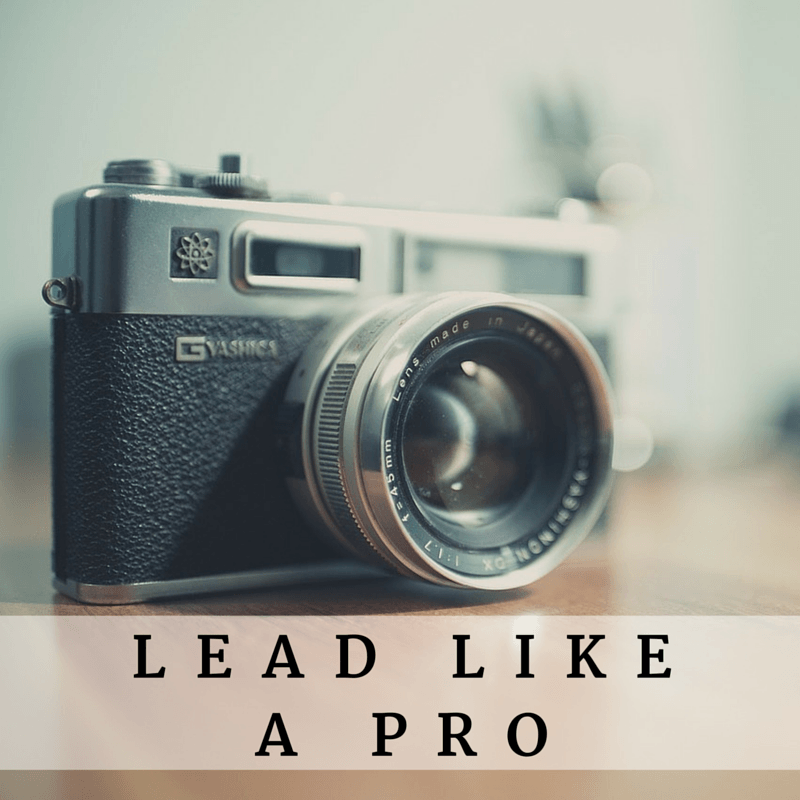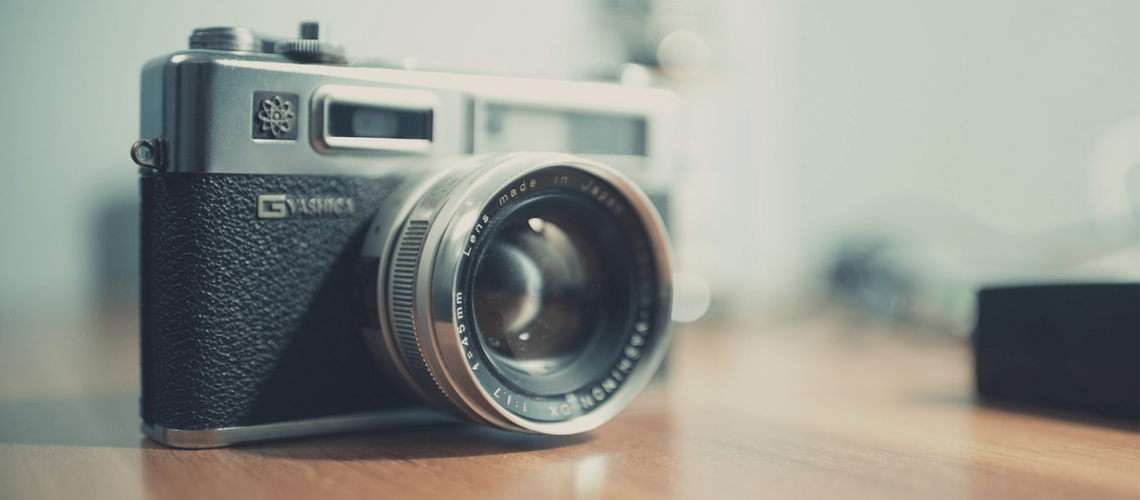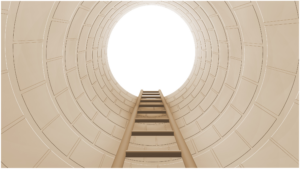
As I mentioned last week, I am a serial hobbyist. Though they are hobbies, I’m not one to do things halfway. Instead, I tend to go all in, with training, practice and whatever else I think might be necessary to excel at the given hobby.
When my son came home, I quickly became dissatisfied with the pictures I was taking of him. I only have one image of me and my father from when I was young, so I was determined to take a LOT of pictures and that they’d turn out well. That wasn’t going to happen unless I invested some serious time and effort…spawning photography as a hobby and passion.
Over the course of several years, I evolved my knowledge, skill and technique to increasing levels of ability, eventually opening a studio and showing my work in galleries. Looking back, I can see the evolution clearly…and it’s very similar to what leaders must go through to improve their ability and achieve greatness.
The Amateur
We all start here. Whether we have a smartphone, pocket camera or large DSLR, we begin with seeing something that interests us and doing the “point and click” with all settings on Automatic.
The amateur tends to take images up-and-down or side-to-side, at eye level. At this stage, we tend to center objects, because it seems balanced and appropriate to us. We may have some insights to other ways of doing things, but generally we all start with recording what we see, exactly as we see it.
These images are perfect for sending updates to family members, but they wouldn’t be worth writing home about to anyone else. If we do get a brilliant image, it’s by accident instead of design, so it’s unlikely we can repeat it.
As leaders, we all start out as amateurs as well. We may have been provided some insight or model behaviors we’ve seen in others. We don’t usually know why we do what we do, and have few approaches and methods to handle a myriad of situations.
The only way to move from Amateur to the next level of ability is to invest in one’s knowledge and practice. This is true of anything…in work or in life.
Semi-Professional
Semi-Pro is a great place to be. This level comes after recognizing that “point and click” is just a starting point, and not a destination. That we have to move, and risk being uncomfortable, to see and capture things in new ways.
Semi-professional photographers know the rules and that the camera is just a tool to be used by the person wielding it, not unlike a hammer or paintbrush. They avoid Auto settings, because auto begets accidents and they want their images to look the way they want intentionally. They look to experts in the field to learn new techniques, attend training, and push themselves to go beyond just recording a scene.
Semi-pros know how to consistently capture a beautiful image – maybe something worthy of a post card – that will appeal to general audiences. However, without additional investment, practice and risk-taking, the images will not be truly distinguished.
Leaders who want to move beyond on-the-job training and a hit-or-miss approach, can move into the semi-pro ranks through researching and applying techniques taught in training courses and books from experts with years of experience.
As there are many great photographers whose images are worth viewing at the semi-pro level, there are many leaders worth following at this level as well. Even if we never become professionals, that does not mean we cannot hone our craft and be worth writing home about.
Professional
The Pros inspire. Their work sings to us and lasts the test of time. Even if we read about and dissect their techniques, they have that eye, that internal drive that puts them head and shoulders above the rest.
Professional photographers know all the rules, and when to break them. They follow their instincts and look for the shots that don’t look like anyone else’s by trying new things or getting up before dawn to capture the most beautiful light. They hone their craft when the rest of the world is snoozing. They capture images that may not fit the general idea of beauty, but are arresting and fascinating because they are different.
Leaders that have reached the professional level are the same. They are the ones we aspire to be like – we read their books and blogs, listen to them speak, wanting to integrate what’s taken them years to learn into our daily habits.
The irony is if we try to be just like them, following someone else’s pattern to success, we are not being true to our individual style and abilities, which is where true greatness lies.
Whether our pursuit is to be an inspiring leader worth writing home about for our teams, or to become a leader who inspires the world, there are three things we can do in our quest to be the best leader possible…
1. Recognize that greatness takes more than showing up
2. Learn from and apply lessons of the greats that came before us
3. Be true to ourselves to find our own definition of great leadership
What lessons have you learned in your quest to improve, either as a leader or other area of interest? I’d love if you would share your feedback in the comments to keep the conversation going.








